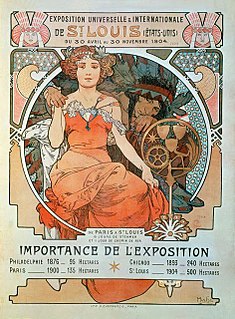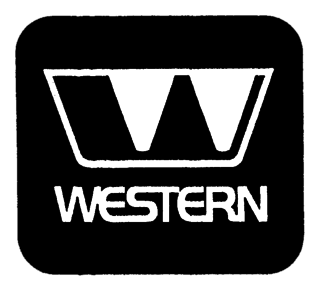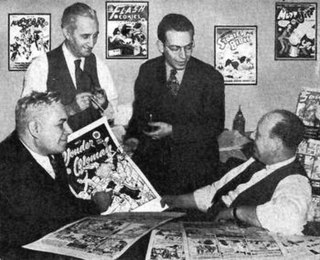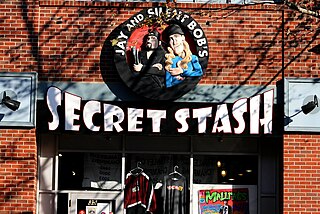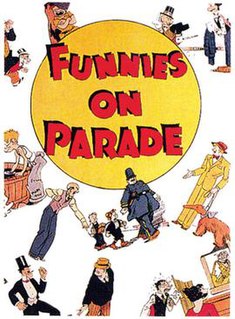 | |
| Subsidiary of Quad/Graphics | |
| Industry | Commercial and industrial printing |
| Founded | 1903 |
| Headquarters | Montreal, Quebec, Canada |
Key people | Mark Angelson, Chairman and CEO |
| Revenue | $4,016.9 million USD (2008) |
Number of employees | 20,000 (2009) |
| Website | worldcolor.com |
World Color Press Inc. ("Worldcolor") (formerly Quebecor World) was a company which provided high-value and comprehensive print, digital, and related services to businesses worldwide. World Color and its subsidiaries printed various commercial products, including comic books, magazines, brochures, direct mail and newspaper inserts, and directories, while also providing clients a broad range of pre-press services, such as desktop production and assembly.

Quebecor World Inc. was a printing subsidiary of Quebecor Inc. based in Montreal, Quebec. It comprised a number of small and large print shops throughout the world. In 2010, Quebecor World was acquired by Wisconsin-based Quad/Graphics.

Printing is a process for reproducing text and images using a master form or template. The earliest non-paper products involving printing include cylinder seals and objects such as the Cyrus Cylinder and the Cylinders of Nabonidus. The earliest known form of printing as applied to paper was woodblock printing, which appeared in China before 220 AD. Later developments in printing technology include the movable type invented by Bi Sheng around 1040 AD and the printing press invented by Johannes Gutenberg in the 15th century. The technology of printing played a key role in the development of the Renaissance and the scientific revolution, and laid the material basis for the modern knowledge-based economy and the spread of learning to the masses.

A comic book or comicbook, also called comic magazine or simply comic, is a publication that consists of comic art in the form of sequential juxtaposed panels that represent individual scenes. Panels are often accompanied by brief descriptive prose and written narrative, usually dialog contained in word balloons emblematic of the comics art form. Although comics has some origins in 18th century Japan, comic books were first popularized in the United States and the United Kingdom during the 1930s. The first modern comic book, Famous Funnies, was released in the U.S. in 1933 and was a reprinting of earlier newspaper humor comic strips, which had established many of the story-telling devices used in comics. The term comic book derives from American comic books once being a compilation of comic strips of a humorous tone; however, this practice was replaced by featuring stories of all genres, usually not humorous in tone.
Contents
- History
- World Fair Color Printing
- Comics
- Diversification and growth
- Business acquisitions and mergers
- Financial struggles
- Locations
- Corporate Governance
- Principal subsidiaries
- Notes
- References
- External links
World Color was the first printer to make comic book printing a major part of its business plan, and throughout most of its history was the dominant North American printer of comics and associated publications. During its history, World Color was also at the forefront of many new technologies and printing innovations, including use of web offset presses, "pool shipping," rotogravure printing, computer technology, digital registration systems, and flexography. [1]

Rotogravure is a type of intaglio printing process, which involves engraving the image onto an image carrier. In gravure printing, the image is engraved onto a cylinder because, like offset printing and flexography, it uses a rotary printing press. Once a staple of newspaper photo features, the rotogravure process is still used for commercial printing of magazines, postcards, and corrugated (cardboard) and other product packaging.

Flexography is a form of printing process which utilizes a flexible relief plate. It is essentially a modern version of letterpress which can be used for printing on almost any type of substrate, including plastic, metallic films, cellophane, and paper. It is widely used for printing on the non-porous substrates required for various types of food packaging.
World Color merged with Quebecor Printing in 1999; at the time World Color was the largest printer of consumer magazines in the United States and the third largest commercial printer in North America. Worldcolor was acquired by Quad/Graphics in early 2010.

Quad is an American printing company based in Sussex, Wisconsin. It was founded on July 13, 1971, by Harry and Elizabeth Quadracci. The company has 39 printing facilities in the United States, as well as facilities throughout Europe, Canada, and Latin America. Quad prints numerous magazines, including BusinessWeek, Milwaukee Magazine, Time, Sports Illustrated, People and Maria Trinidad.
